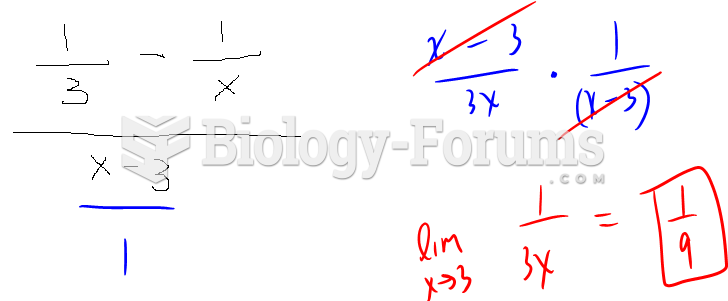Answer to Question 1
Answer: D
Explanation: A) Incorrect. Evaluating alternatives based on a satisfactory standard usually results in suboptimal alternatives and suboptimal outcomes. The best answer is that you should evaluate alternatives in terms of individual preferences and organizational goals.
B) Incorrect. Evaluation of alternatives should occur systematically (rather than unstructured and creatively) so that each alternative is given due consideration. The best answer is that you should evaluate alternatives in terms of individual preferences and organizational goals.
C) Incorrect. Evaluating alternatives based on what will work usually results in suboptimal alternatives and suboptimal outcomes. The best answer is that you should evaluate alternatives in terms of individual preferences and organizational goals.
D) Correct. Other factors to consider include the degree to which relevant individuals will accept the alternative and whether the solution is optimal or merely satisfactory.
Answer to Question 2
Answer: D
Explanation: A) Incorrect. These is part of the evaluation of alternatives stage of problem solving. The correct answer is that effective implementation and follow up should include a process that provides opportunities for feedback.
B) Incorrect. This is part of the alternative-generation stage of problem solving. The correct answer is that effective implementation and follow up should include a process that provides opportunities for feedback.
C) Incorrect. This is part of the evaluation of alternatives stage of problem solving. The correct answer is that effective implementation and follow up should include a process that provides opportunities for feedback.
D) Correct. This feedback helps not only with the immediate implementation, but also in future problem-solving situations.







